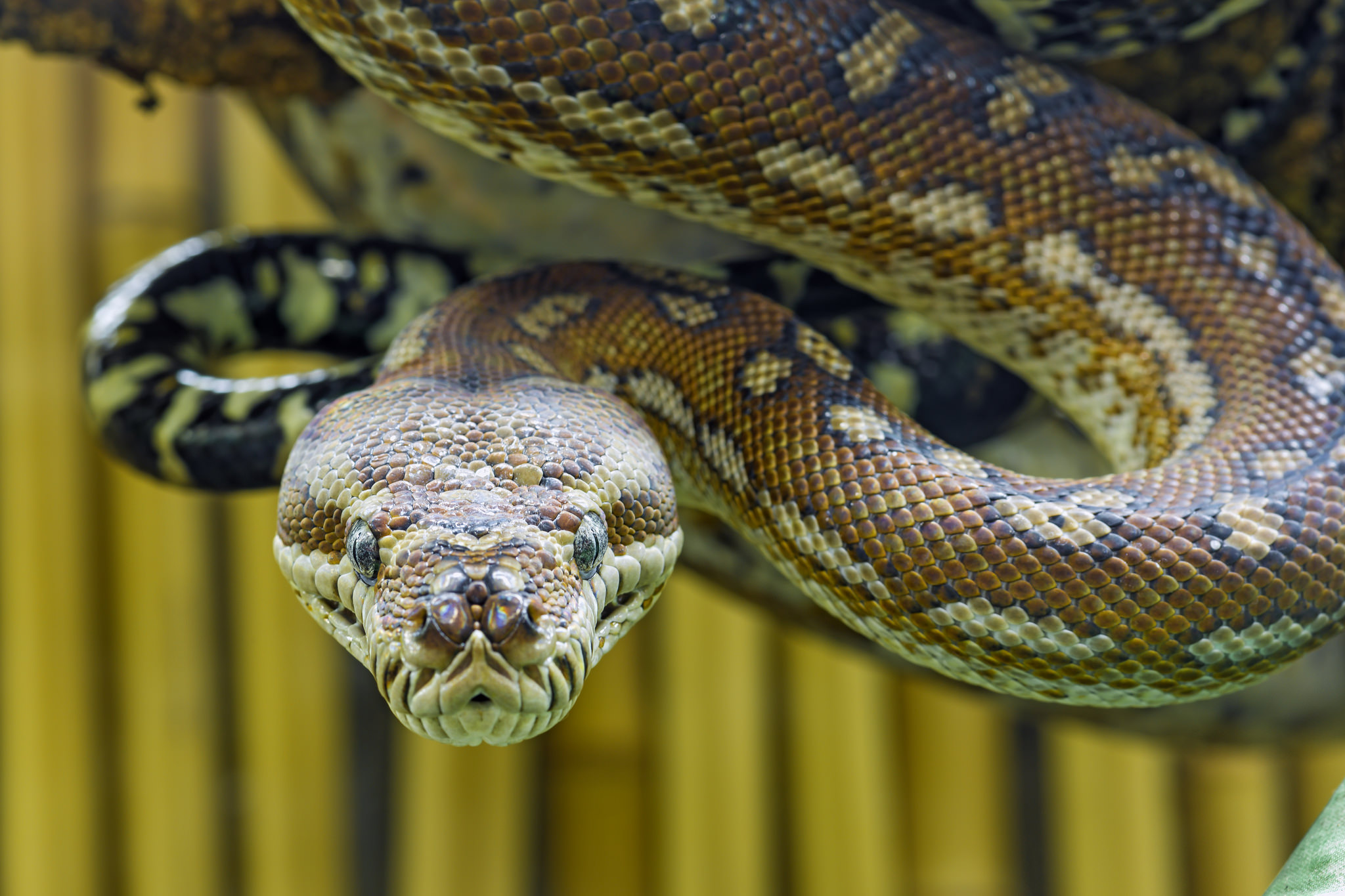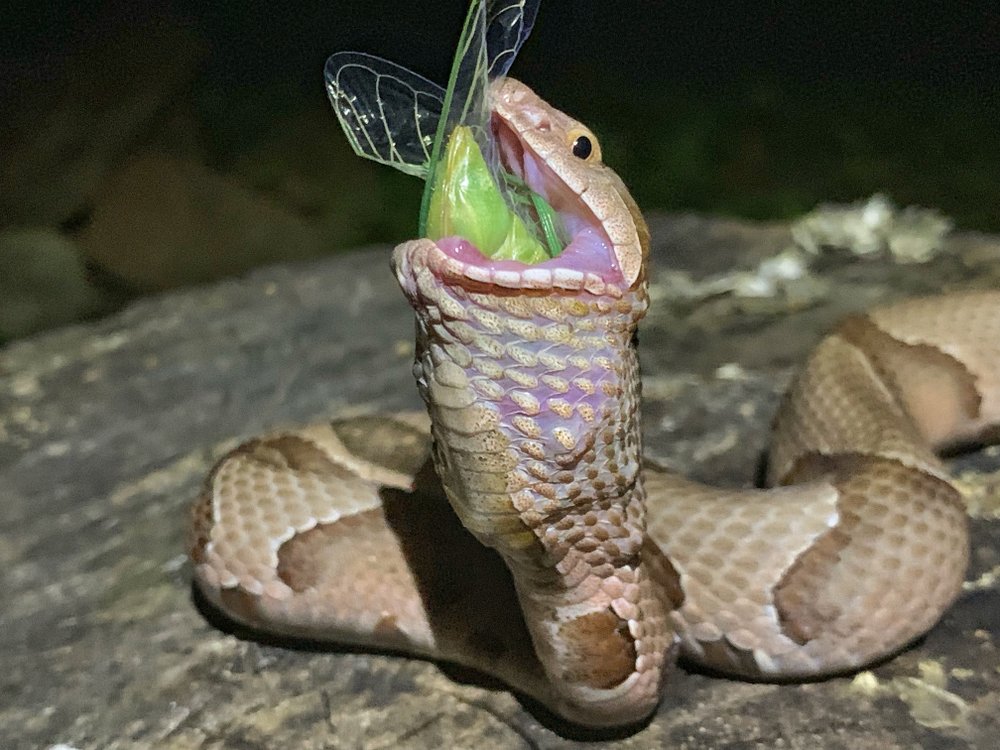

Other rarer and more recently found species of the anacondas include the black anaconda snake or the darkly-spotted anacondas (Eunectes deschauenseei) and Bolivian anacondas (Eunectes beniensis).Īnacondas are stocky and muscular snakes dreaded for their ability to wrap around, suffocate, and kill their prey, which also includes humans, by causing cardiac arrest within minutes. The other well-known species is that of the yellow anaconda (Eunectes notaeus), smaller in size than their green counterparts. The green anaconda (Eunectes murinus), also known as the common anaconda, giant anaconda snake, sucuri, or the common water boa is the most common anaconda species and also the largest anaconda snake extant. Primarily inhabiting the tropical waters of South America, the anaconda has four species that are currently recognized and all belong to the genus Eunectes. Despite this they are not considered endangered.The anacondas or the water boas are among the largest reptiles in the world and belong to the group of water-loving constricting snakes. They are also very difficult to catch.Īnother threat they face is habitat destruction.

#Anaconda snake skin#
Their size makes them inconvenient pets, and their skin is not very popular for clothing and shoes. Conservation StatusĪnacondas are sometimes hunted illegally for their skin or to be sold as pets, but this is rare.

Green anacondas can live over 10 years in the wild. She then gives birth to as many as 80 tiny snakes, each 30-60 cm (12-24 in.) in length. The eggs develop for 8-12 weeks and then hatch while still inside the mother’s body. Once pregnant, the female will produce eggs inside her body. The breeding ball can last up to 4 weeks.

This results in “breeding balls” of up to a dozen males wrapped around a single female, all attempting to mate. Often times, multiple males will pursue the same female. However, between April and May, males seek out females for the opportunity to mate. Green anacondas spend most of their time alone. Females, the larger of the sexes, have been reported to eat smaller male anacondas. Green anacondas have also been known to partake in cannibalism. After a big meal, anacondas can go weeks without eating again. For larger prey, the green anaconda can unhinge its jaw to stretch its mouth around the body. Once firmly grasped, the anaconda will coil around the prey and squeeze it until it dies of crushing or suffocation. Once an anaconda sights its target, it will grab the animal in its jaws, locking it in with its teeth. They’ve even been known to eat jaguars.Īnacondas are not venomous they use constriction instead to subdue their prey. Green anacondas prey on a variety of animals including fish, birds, tapirs, wild pigs, capybaras, and caimans (reptiles similar to alligators). Although they use both sight and smell to hunt, they also have the ability to sense heat emitted by potential prey. Most of their time is spent in the water hunting. Their eyes and nostrils are on the top of their head allowing them to see and breathe while most of their body is under water. Their enormous size makes it much easier for green anacondas to swim in the water than to slither slowly on land. The green anaconda is native to South America, making its home in swamps, marshes and streams. The green anaconda, with a girth of nearly 30 cm (12 in.) and a weight of 227 kg (550 lb.), is the heaviest of all snakes. With an average length of 6 m (20 ft.) and a top length of 8.8 m (29 ft.) the green anaconda is one of the longest snakes in the world.


 0 kommentar(er)
0 kommentar(er)
